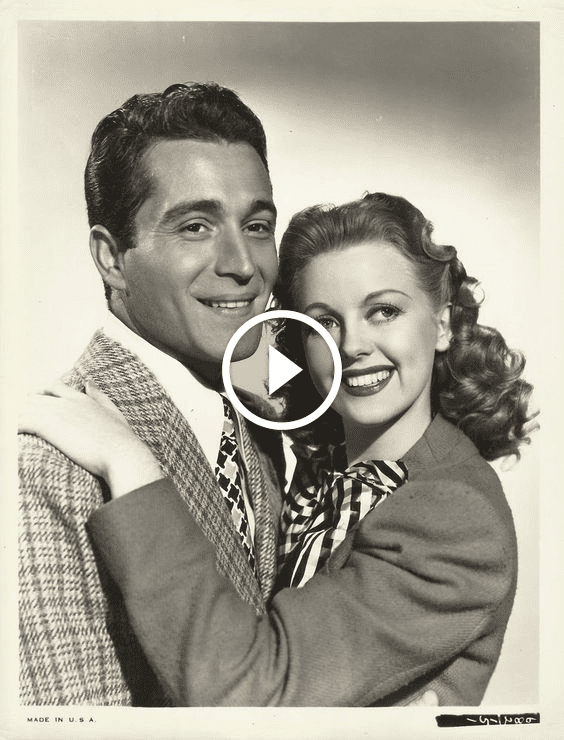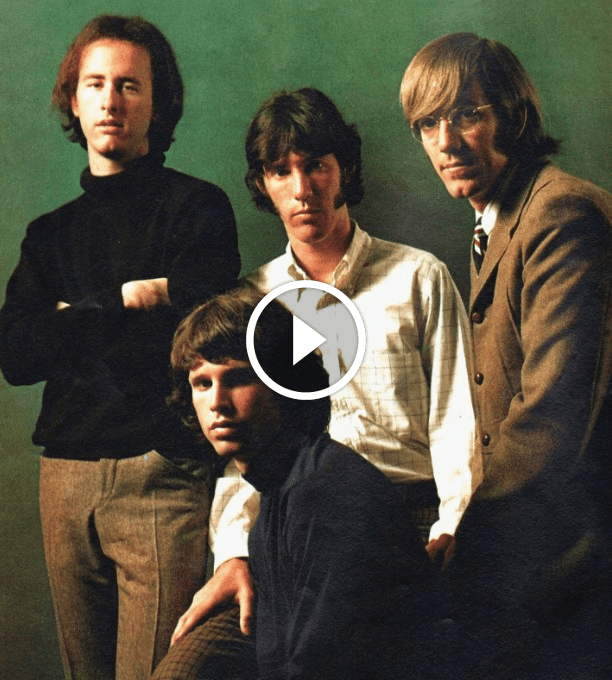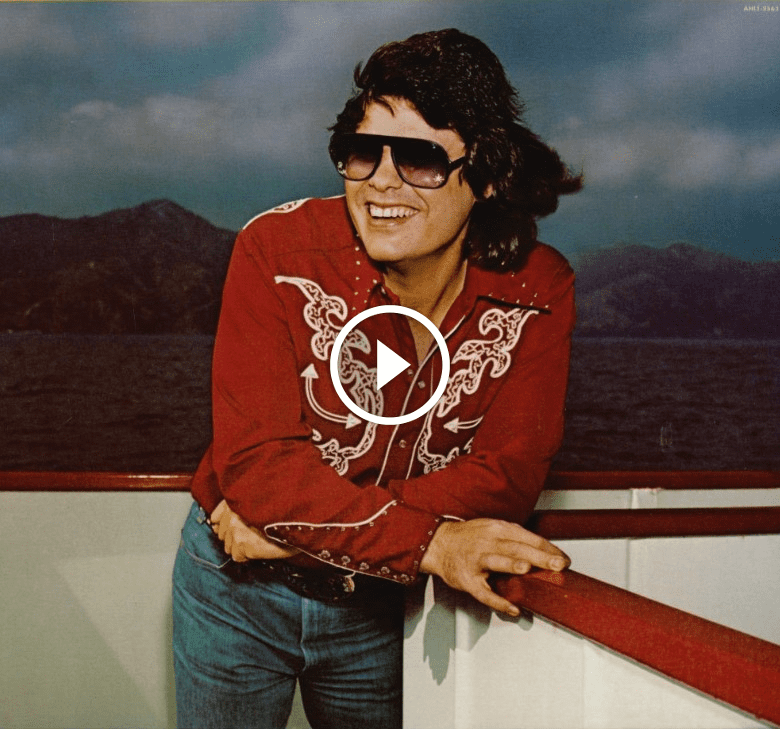Hank Williams Jr., the inheritor of a legendary musical legacy, wasn’t just a country singer; he was a bridge between generations. Following in the footsteps of his father, the revered “Hillbilly Shakespeare,” Hank Jr. carved his own path within the genre, embracing a more rock-infused sound while staying true to the storytelling tradition. One song, more than any other, exemplifies this blend of influences and celebrates the resilience of rural America: “A Country Boy Can Survive”. Released in 1982 on the album The Pressure, the song became a cornerstone of Hank Jr.’s repertoire, a defiant anthem that resonated with audiences yearning for a connection to their roots.
Composed by Hank Williams Jr. himself, “A Country Boy Can Survive” wasn’t born out of nostalgia, but rather a contemporary observation. Witnessing the economic struggles and social shifts impacting rural America, Hank Jr. crafted a song that championed the values of self-reliance and perseverance inherent in the country lifestyle. The lyrics paint a picture of a rural community facing challenges, from economic hardship to a perceived decline in morals. However, the song’s message remains one of hope and resilience. The protagonist, a quintessential “country boy,” expresses his confidence in his ability to overcome adversity through hard work and a connection to the land.
“A Country Boy Can Survive” marked a turning point in Hank Jr.’s career. While his earlier work paid homage to his father’s sound, this song established a distinct musical identity. The producer, unfortunately, remains uncredited for this specific recording. However, the production choices undoubtedly reflected Hank Jr.’s vision. The song blends elements of country music with a driving rock beat, creating a sound that felt both familiar and fresh. A foundation of electric guitar and a prominent drumbeat lays the groundwork for the song’s anthemic energy. Subtle accents of acoustic guitar and fiddle nod to Hank Sr.’s legacy, while the distorted electric guitar solo adds a touch of rock and roll swagger. Hank Jr.’s vocals are the focal point, delivered with a confident swagger that perfectly embodies the song’s defiant spirit.
“A Country Boy Can Survive” wasn’t a chart-topping hit for Hank Jr., but it became a fan favorite and a staple of his live performances. The song resonated with a generation grappling with economic anxieties and a changing cultural landscape. “A Country Boy Can Survive” became an anthem of pride for those who identified with rural values and a celebration of the enduring spirit of the American heartland. The song’s legacy extends beyond its commercial success. It stands as a testament to Hank Williams Jr.’s ability to forge his own musical path while honoring the legacy of his father and his connection to the roots of country music.
This introduction sets the stage for a deeper exploration of Hank Williams, Jr. – “A Country Boy Can Survive” (Official Music Video). We can delve into the creative process behind Hank Jr.’s composition, analyze the production choices that blend country and rock elements, explore the song’s enduring legacy as an anthem for rural America, and examine how it reflects the changing landscape of country music in the early 1980s. The inclusion of the official music video can be used to discuss the visual representation of the song’s themes and how it connects to the broader cultural identity of the “country boy.”




